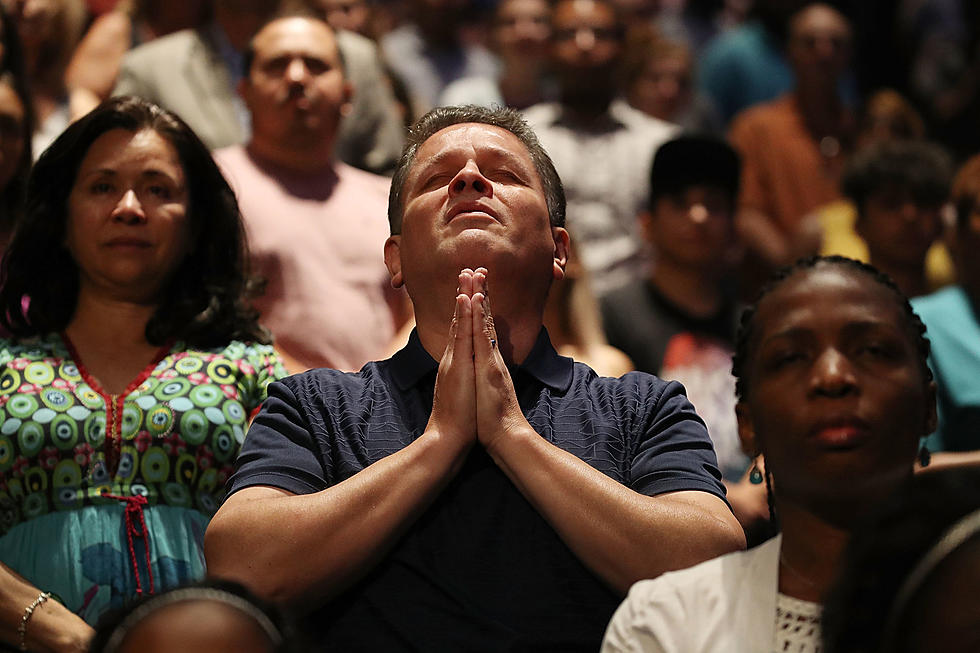In the wake of the unprecedented challenges posed by the COVID-19 pandemic, religious institutions across the United States experienced a significant disruption in their traditional patterns of worship. Congregations grappled with restrictions, closures, and a shift to virtual services, leading to a decline in church attendance. However, recent trends suggest a rebound in attendance, albeit with a lingering gap below pre-pandemic levels. According to a 2021 Gallup poll, church membership in the US has fallen below 50% for the first time, highlighting a shift in the nation’s religious landscape.
The onset of the COVID-19 pandemic in early 2020 prompted widespread closures and restrictions on gatherings, impacting religious institutions as they adapted to new norms. Virtual services became a lifeline for many, allowing congregations to stay connected amid lockdowns. However, the absence of in-person gatherings undoubtedly affected church attendance. As a result, the 2021 Gallup poll indicated that church membership in the US had dipped below the historic 50% threshold.
As the nation navigated through various phases of the pandemic and vaccination efforts gained momentum, churches gradually reopened their doors for in-person services. Congregations welcomed the opportunity to gather physically once again, leading to a rebound in church attendance. Many individuals, hungry for the sense of community and spiritual connection that physical gatherings provide, returned to their local churches.
Several factors have contributed to the rebound in church attendance. The easing of pandemic-related restrictions has played a pivotal role, allowing congregations to resume normal activities. Additionally, the desire for a return to pre-pandemic routines and the inherent need for communal worship have motivated people to re-engage with their faith communities.
While the rebound in church attendance is encouraging, the Gallup poll’s revelation that membership has fallen below 50% is a noteworthy development. It signals a broader trend of changing attitudes towards organized religion in the United States. Factors such as the rise of the “spiritual but not religious” demographic, changing societal values, and the increased prevalence of secularism may be contributing to this shift.
Religious institutions now face the challenge of adapting to this evolving religious landscape. Congregations are exploring innovative ways to connect with individuals, both in-person and virtually. Hybrid models that combine traditional in-person services with online outreach are becoming more prevalent, offering flexibility to cater to diverse preferences.
The recent rebound in church attendance in the United States is a positive sign for religious institutions recovering from the disruptions caused by the COVID-19 pandemic. However, the dip below the 50% membership threshold reflects an ongoing shift in the nation’s religious dynamics. As churches adapt to this changing landscape, finding creative ways to engage with their communities, the future of religious participation in the US remains a dynamic and evolving narrative.





Be First to Comment